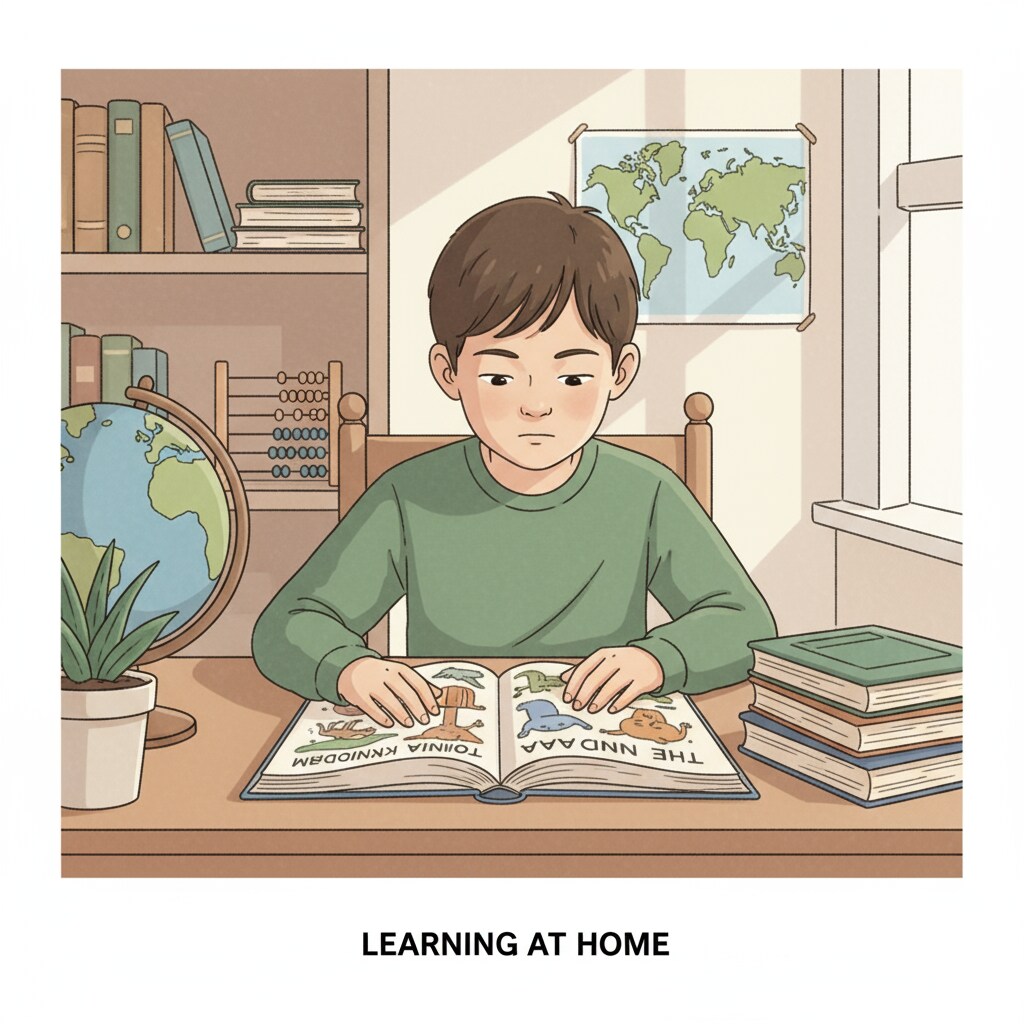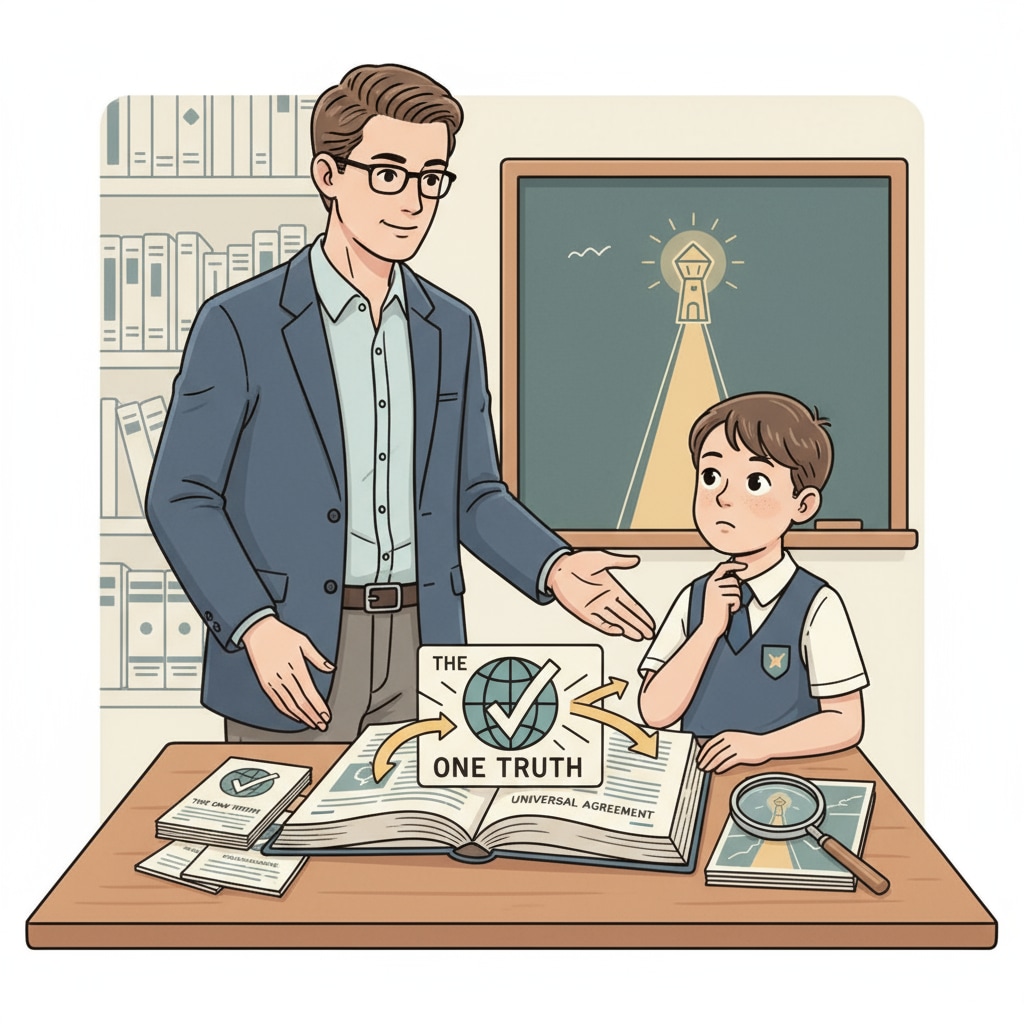Home schooling, bias transmission, and educational diversity are crucial aspects to consider when evaluating the impact of home-based education on children. Home schooling has gained popularity in recent years, with parents choosing to educate their children at home for various reasons. However, this educational approach raises concerns about the limited exposure children may have to diverse viewpoints and the potential for bias transmission.
The Limitation of Educational Diversity in Home Schooling
In a traditional school setting, children are exposed to a wide range of ideas, cultures, and perspectives. They interact with peers from different backgrounds, learn from teachers with diverse expertise, and engage in a curriculum that is designed to promote a broad understanding of the world. In contrast, when children are home-schooled, their primary source of knowledge is often their parents. This can significantly limit their access to educational diversity. For example, if parents have a particular set of beliefs or values, they may unintentionally or intentionally restrict the information presented to their children. As a result, children may grow up with a narrow understanding of the world around them. Home schooling on Wikipedia

The Risk of Bias Transmission
Another concern associated with home schooling is the potential for bias transmission. Parents, like everyone else, have their own biases, which can be influenced by their upbringing, social environment, and personal beliefs. When they are the sole educators of their children, these biases can be passed on. In families with strong ideological backgrounds, this problem may be even more pronounced. For instance, if parents hold certain political or social views, they may present information in a way that reinforces those views to their children. This can lead to the development of fixed mindsets and a lack of critical thinking skills. Home schooling on Britannica

To mitigate these concerns, home-schooling parents should make a conscious effort to expose their children to a variety of perspectives. This can include inviting guest speakers, using diverse educational materials, and encouraging children to engage in discussions with people from different backgrounds. By doing so, they can help their children develop a more well-rounded understanding of the world and reduce the risk of bias transmission. In conclusion, while home schooling offers certain advantages, it is essential to be aware of the potential limitations in terms of educational diversity and the risk of bias transmission. Parents need to take proactive steps to ensure that their children receive a comprehensive education that prepares them for a diverse and complex world.
Readability guidance: This article uses short paragraphs to enhance readability. Key points are presented clearly. For example, in the section about the limitation of educational diversity, the contrast between traditional schooling and home schooling is straightforward. The risk of bias transmission is also explained simply. Each idea is kept concise, and transition words like ‘however’, ‘in contrast’, and ‘for instance’ are used to connect thoughts smoothly.


